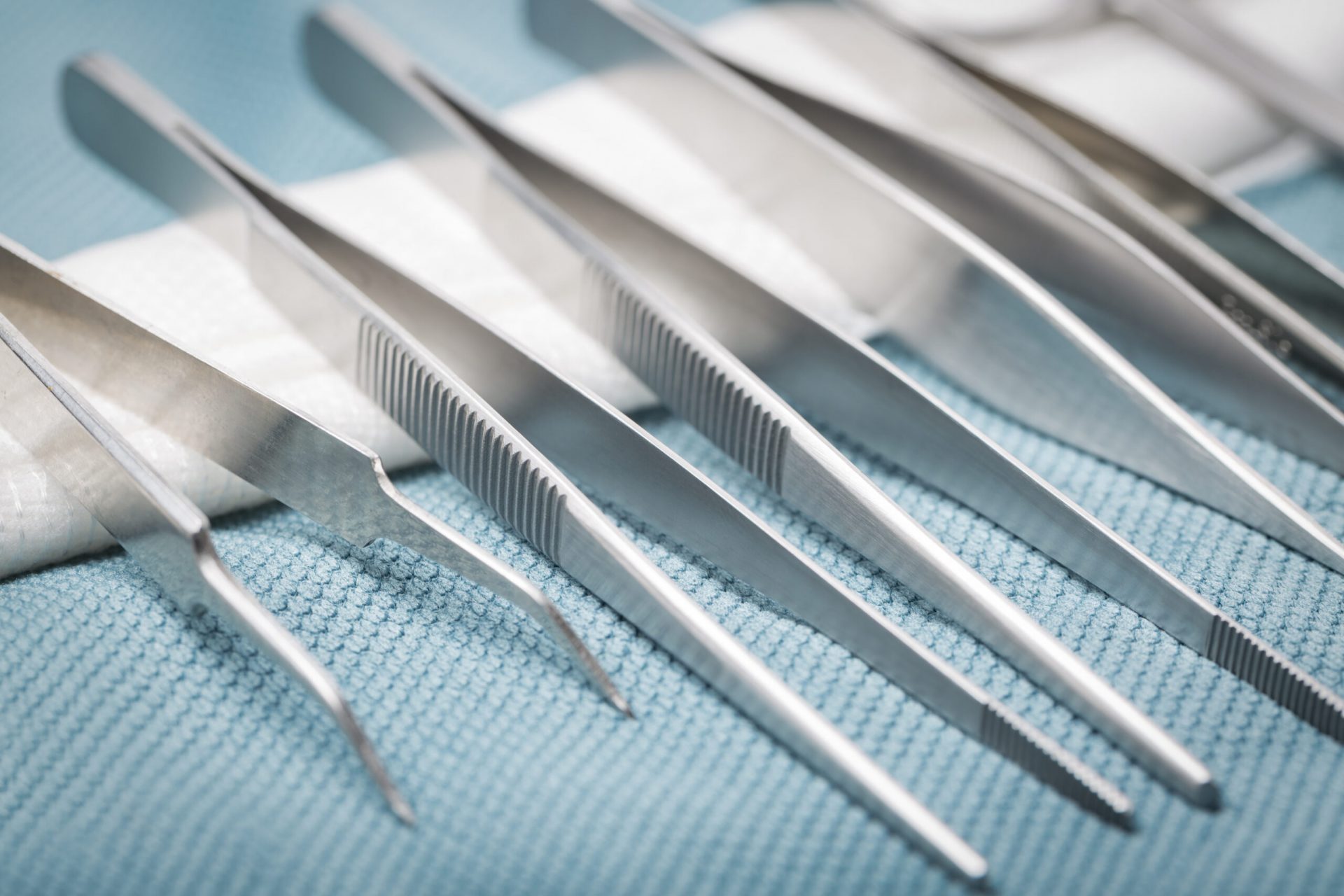Having a comprehensive, automated surgical instrument tracking solution provides endless benefits to your entire sterile processing department from decontamination to the operating room or clinic. Most of the benefits are easy to see once you begin researching various solutions, but others can sometimes be overlooked or forgotten, resulting in unique features going unused. If you’re interested in solutions for tracking instruments, see how automated instrument tracking could benefit your facility.
Decontamination
The benefits start at the very first step in the SPD with decontamination. Most solutions come with a seamless OR scheduler interface to give teams the ability to prioritize instrument set reprocessing so the OR never needs to delay a case due to a lack of assets. Technicians in decontamination also get real-time visibility to see which instruments and surgical trays have not yet been returned to the SPD and where they were last scanned. Once instruments and trays are returned, they can then use the system to get direct access to the cleaning instructions for each specific asset to start reprocessing off on the right foot.
Tray Assembly
Once all assets have passed through decontamination and are ready to be assembled, surgical instrument tracking technology guides technicians through the process improving accuracy. Similar to how technicians in decontamination get access to cleaning instructions, automated container assembly provides users with an electronic count sheet detailing substitutes, critical items, special instructions, and pictures.
It can also use competency verification logic to confirm whether technicians are properly trained to handle and assemble a set; when technicians try to scan an asset they have not yet been trained on, the system will flash an alert that the step is prohibited and refuse to let the technician proceed.
Sterilization
Surgical instrument tracking technology provides efficient sterilizer load building by scanning barcodes that are on containers and peel packs. This means no more writing a list of everything that is in a sterilizer load. Alerts notifying the user that a test is needed or a biological is required also occur when building a load. In addition to this if you scan an item that is not compatible for that sterilizer (e.g. a low-temperature item to a steam load) the tracking system will alert you so you can remove the item from the load.
When documenting processed loads everything can be electronic so there is no paper storage. It’s a simple as clicking a button to document that a biological passed, or the cycle that was selected for that load. Even the sterilizer tape can be automatically, and electronically, attached to the load.
Sterile Storage
Thanks to unique inventory management, surgical instrument tracking technology can also reduce the amount of time technicians spend searching for containers or building case carts. The valuable time saved directly impacts your bottom line by freeing up technicians’ schedules to reprocess more assets per day or catch up on departmental tasks that have been consistently pushed to the back burner due to lack of time or schedule constraints.
Case Cart Assembly
Surgical instrument tracking technology has many benefits for case cart building. Case carts can be scanned to decontamination to document that they were cleaned, and when building a case cart you can know exactly what is needed. Picklists can tell your tracking program what sets are needed for what case. You’ll know when it’s needed, which OR it’s going to, and whether it’s been picked, or is missing an item.
This is patient safety benefit ensures that you know what is needed, and when, so you can prevent delays and increase customer satisfaction. In addition to this, you can link the specific sets used to the procedure so that you know which sets were used on which patient.
Operating Room
Surgical instrument tracking technology has many benefits to the surgical department. From computer-generated easy to read labels, to patient safety features of linking specific sets to a procedure. The goal is to have the right set in the right room for the right doctor at the right time, and technology helps with achieving this goal.
By knowing in real-time what sets and individual instruments are needed, even when there’s an add-on, SPD staff can prioritize, expedite, and provide quality items. This helps to prevent delays in the operating room, aids in best practice, and results in healthy outcomes.


